Alfa Romeo retired from top-class racing at the end of 1953 when its team of sports-racing coupés was led by Juan-Manuel Fangio. A period of relative inactivity followed, but in 1964 Alfa established Autodelta, an autonomous competitions department under the direction of Ing. Carlo Chiti. At first Autodelta ran modified production cars and special editions which were based on production components. Then, for 1967, Alfa Romeo and Autodelta jointly produced a bespoke sports-racer, the Tipo 33, keeping that designation even though it ran through a wide variety of engines and methods of chassis construction over the course of the succeeding decade. The Tipo 33 began with a 2.0-litre V8 in a tubular chassis, progressing via a 3.0-litre V8 in a monocoque, before ending its career with a 3.0-litre flat-twelve in another spaceframe. The T33/2’s debut season was notably inauspicious: of the three endurance classics entered - Sebring 12 Hours, Targa Florio and Nürburgring 1,000km - only one resulted in a finish, Roberto Businello and Teodoro Zeccoli bringing their Tipo 33 home in 5th place in the latter event. Happily, 1968 would turn out to be an entirely different story. Its reliability problems sorted, the T33B-2 scored a resounding 1, 2, 3 finish in the 2-Litre Prototype class at Daytona, which was followed up by further class wins in the Targa Florio, Nürburgring 1,000km and at Le Mans. While the 2.0-litre T33/2 was competitive in its class, it was seldom able to challenge for outright victory, a shortcoming Alfa addressed with the 3.0-litre T33/3. Introduced towards the end of the 1969 season, the T33/3 was V8-engined like its predecessor but used a 32-valve unit that was installed in the sheet-steel monocoque rather than a tubular spaceframe. The T33/3 proved similarly unreliable at first, though by the end of the 1970 season its promise was beginning to be fulfilled. 1971 would bring the T33/3 its first outright victories: in the BOAC 1,000km at Brands Hatch (Pescarolo/De Adamich) and the Targa Florio (Vaccarella/Hezemans), but on most tracks the superior power of the 5.0-litre Porsche 917 held sway and the World Championship went to the German manufacturer. The change to a 3.0-litre formula for sports prototypes for 1972 should have seen the T33/3 ideally placed to secure its first World Championship, but Ferrari came up with the 312PB and Alfa once again had to settle for 2nd place. Retiring, temporarily, to lick its wounds, Alfa Romeo returned in 1974 with the flat-twelve-engined Tipo 33TT12. The season began at Monza where Mario Andretti, partnered by Arturo Merzario, led an Alfa Romeo 1, 2, 3. Matra took the World Championship that year, but Alfa Romeo were close behind and the following season their effort was masterminded by Willi Kauhsen’s team. The Tipo 33TT12 took wins at Dijon, Monza, Spa, Watkins Glen, the Osterreichring, the Nürburgring and the Targa Florio, winning the 1975 World Championship to crown a nine-year racing career. The provenance of virtually all Alfa Romeo Tipo 33s is very difficult to establish for two important reasons: firstly, the Autodelta team run by Carlo Chiti kept very few written records of the individual chassis and which ones did particular races or were sold to particular customers; and secondly, where chassis plates were used, these were often removed and fitted to other cars to expedite passage through customs. In addition, though many cars were stamped in various locations, this was not true of every one. Some cars had stamps on the chassis and/or on various components; however, parts were often interchangeable and swapped between the team cars. This particular Tipo 33/3, chassis number ‘002’, has been examined by Ed McDonough, co-author with Peter Collins of Alfa Romeo Tipo 33 - The Development and Racing History, whose conclusion is that it is quite clearly a period car, mechanically and technically correct, which, because it has not undergone a recent restoration, remains in true or
Alfa Romeo retired from top-class racing at the end of 1953 when its team of sports-racing coupés was led by Juan-Manuel Fangio. A period of relative inactivity followed, but in 1964 Alfa established Autodelta, an autonomous competitions department under the direction of Ing. Carlo Chiti. At first Autodelta ran modified production cars and special editions which were based on production components. Then, for 1967, Alfa Romeo and Autodelta jointly produced a bespoke sports-racer, the Tipo 33, keeping that designation even though it ran through a wide variety of engines and methods of chassis construction over the course of the succeeding decade. The Tipo 33 began with a 2.0-litre V8 in a tubular chassis, progressing via a 3.0-litre V8 in a monocoque, before ending its career with a 3.0-litre flat-twelve in another spaceframe. The T33/2’s debut season was notably inauspicious: of the three endurance classics entered - Sebring 12 Hours, Targa Florio and Nürburgring 1,000km - only one resulted in a finish, Roberto Businello and Teodoro Zeccoli bringing their Tipo 33 home in 5th place in the latter event. Happily, 1968 would turn out to be an entirely different story. Its reliability problems sorted, the T33B-2 scored a resounding 1, 2, 3 finish in the 2-Litre Prototype class at Daytona, which was followed up by further class wins in the Targa Florio, Nürburgring 1,000km and at Le Mans. While the 2.0-litre T33/2 was competitive in its class, it was seldom able to challenge for outright victory, a shortcoming Alfa addressed with the 3.0-litre T33/3. Introduced towards the end of the 1969 season, the T33/3 was V8-engined like its predecessor but used a 32-valve unit that was installed in the sheet-steel monocoque rather than a tubular spaceframe. The T33/3 proved similarly unreliable at first, though by the end of the 1970 season its promise was beginning to be fulfilled. 1971 would bring the T33/3 its first outright victories: in the BOAC 1,000km at Brands Hatch (Pescarolo/De Adamich) and the Targa Florio (Vaccarella/Hezemans), but on most tracks the superior power of the 5.0-litre Porsche 917 held sway and the World Championship went to the German manufacturer. The change to a 3.0-litre formula for sports prototypes for 1972 should have seen the T33/3 ideally placed to secure its first World Championship, but Ferrari came up with the 312PB and Alfa once again had to settle for 2nd place. Retiring, temporarily, to lick its wounds, Alfa Romeo returned in 1974 with the flat-twelve-engined Tipo 33TT12. The season began at Monza where Mario Andretti, partnered by Arturo Merzario, led an Alfa Romeo 1, 2, 3. Matra took the World Championship that year, but Alfa Romeo were close behind and the following season their effort was masterminded by Willi Kauhsen’s team. The Tipo 33TT12 took wins at Dijon, Monza, Spa, Watkins Glen, the Osterreichring, the Nürburgring and the Targa Florio, winning the 1975 World Championship to crown a nine-year racing career. The provenance of virtually all Alfa Romeo Tipo 33s is very difficult to establish for two important reasons: firstly, the Autodelta team run by Carlo Chiti kept very few written records of the individual chassis and which ones did particular races or were sold to particular customers; and secondly, where chassis plates were used, these were often removed and fitted to other cars to expedite passage through customs. In addition, though many cars were stamped in various locations, this was not true of every one. Some cars had stamps on the chassis and/or on various components; however, parts were often interchangeable and swapped between the team cars. This particular Tipo 33/3, chassis number ‘002’, has been examined by Ed McDonough, co-author with Peter Collins of Alfa Romeo Tipo 33 - The Development and Racing History, whose conclusion is that it is quite clearly a period car, mechanically and technically correct, which, because it has not undergone a recent restoration, remains in true or
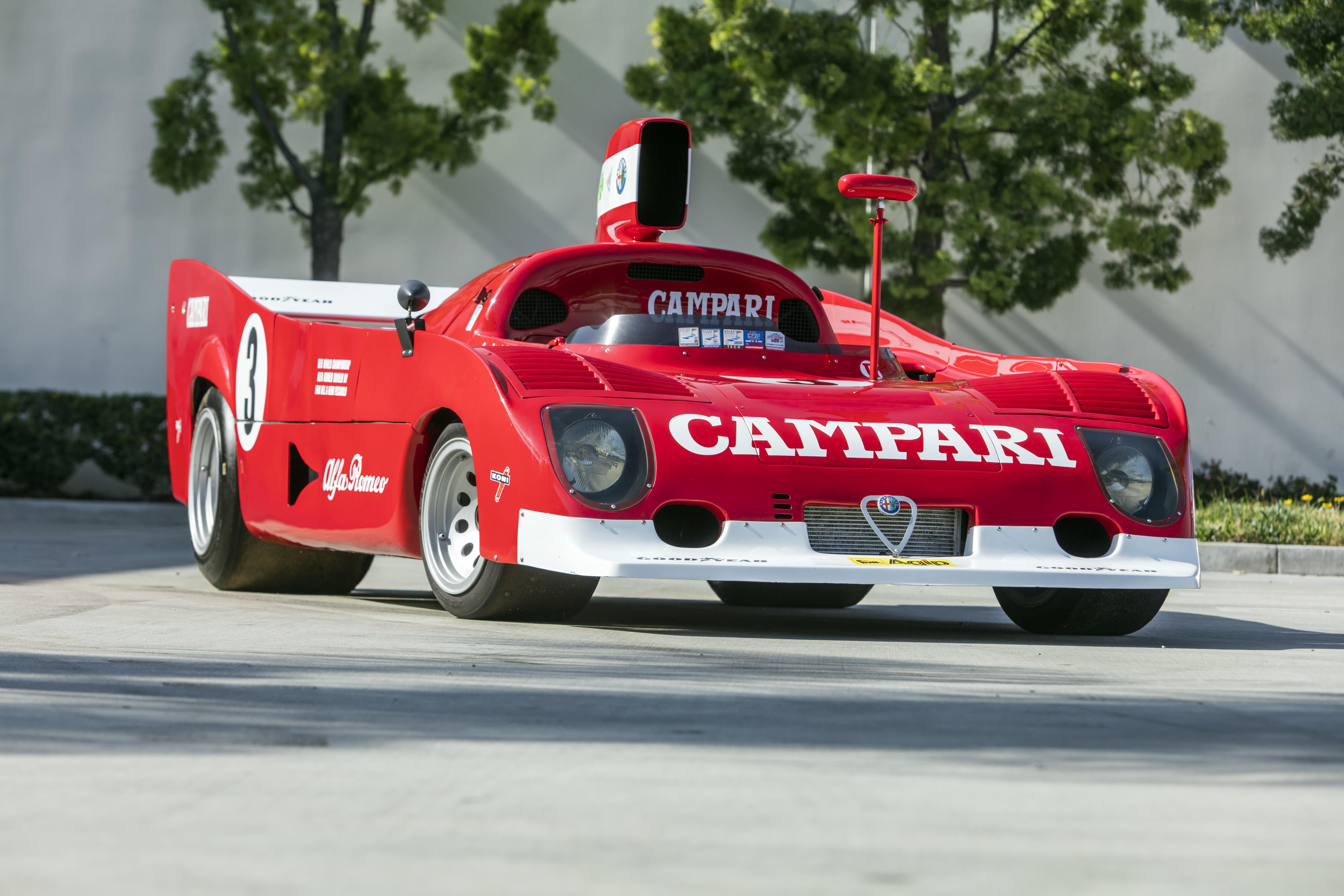
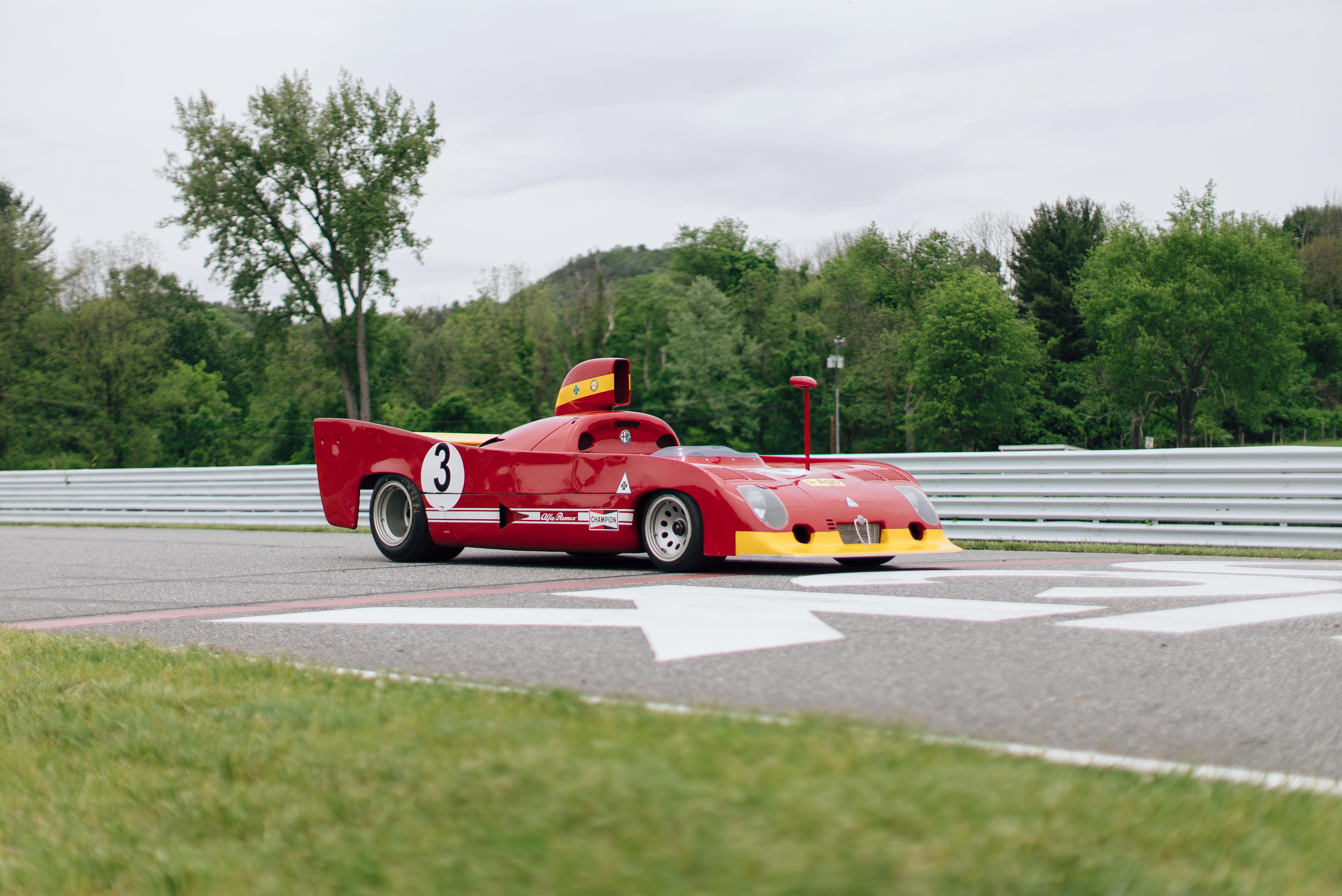

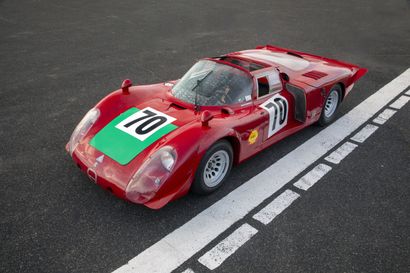

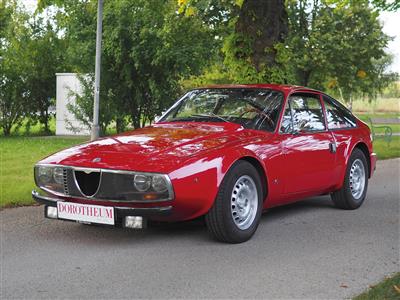


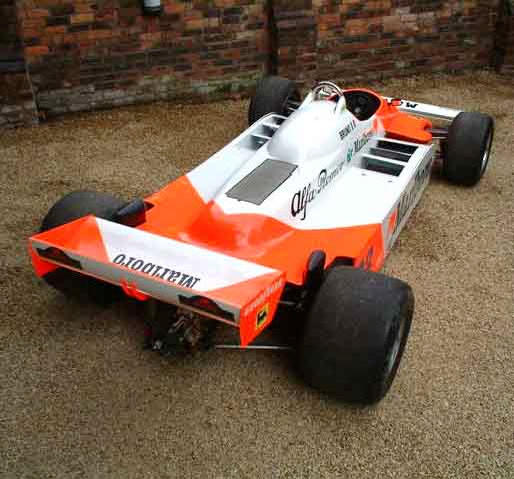




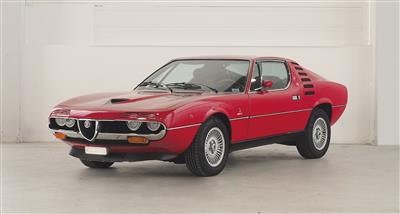
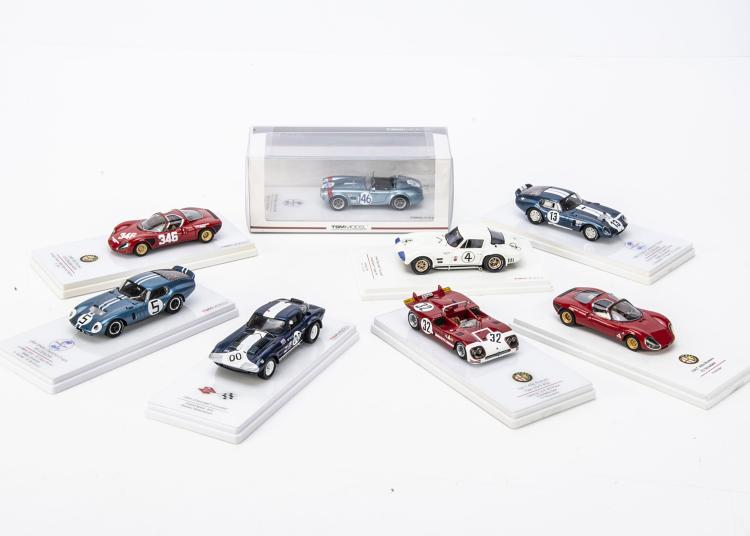
Testen Sie LotSearch und seine Premium-Features 7 Tage - ohne Kosten!
Lassen Sie sich automatisch über neue Objekte in kommenden Auktionen benachrichtigen.
Suchauftrag anlegen